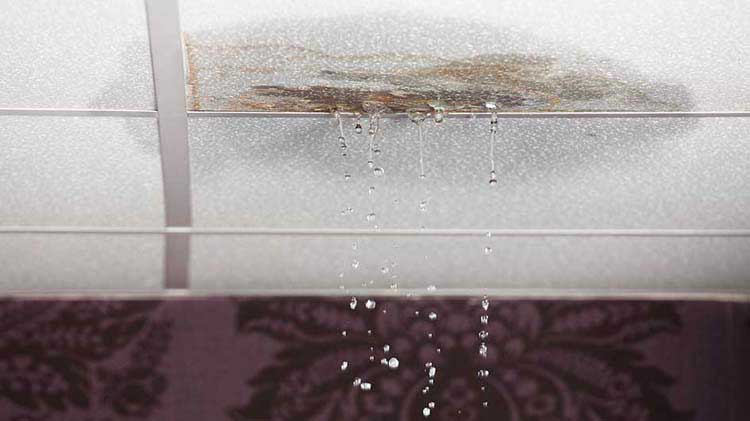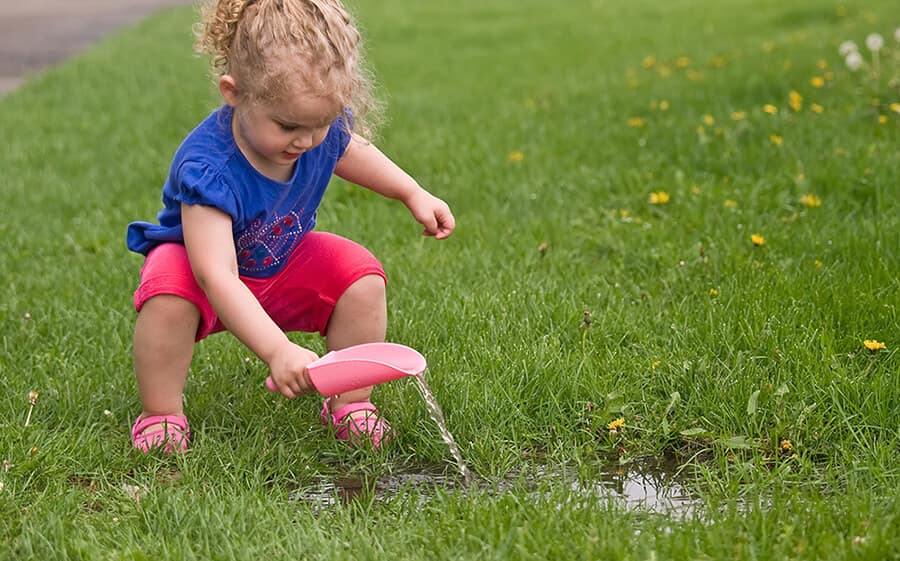Find Out the Key Factors Behind Water Drips Within Your House
Find Out the Key Factors Behind Water Drips Within Your House
Blog Article
The publisher is making a few great observations on Top Causes of Home Water Leaks overall in this great article on the next paragraphs.

Leaks not only cause waste of water but can also cause unneeded damages to your residence and also advertise unwanted organic growth. Unfortunately, water leakages could go undetected because the majority of the pipework in our home is concealed. By comprehending and looking for daily circumstances that trigger leaks, you can secure your home from future leaks and also unnecessary damage. Today, we will take a look at six leak causes that may be triggering your pipes to leak.
Elbowing in roots
Most water leakages begin outside the house instead than inside it. You could notice wet spots or sinkholes in your backyard, and that may indicate that tree origins are invading water lines causing water to leak out.
Rusty water supply
This may be the reason of staining or bending on your water pipelines. If our plumbing system is old, think about changing the pipelines considering that they are at a greater danger of rust than the newer models.
Defective Pipe Joints
The factor at which your pipelines link is often the weakest link in the waterline. Pipeline joints can degrade gradually, resulting in water leakages. The bulk of pipeline joints are not easily visible. If you have loud pipes that make ticking or banging noises, specifically when the warm water is switched on, your pipeline joints are probably under a great deal of stress. It is a good idea to have your plumber evaluate your system annually.
Instantaneous temperature modifications.
Severe temperature changes in our pipelines can create them to expand and acquire unexpectedly. This growth and contraction may create fractures in the pipes, especially if the temperature are below freezing. It would be best if you kept an eye on just how your plumbing works. The presence of the previously pointed out circumstances often suggests a high threat.
Poor Water Connectors
At times, a leakage can be brought on by loose hoses and also pipelines that supply your appliances. Usually, changing is what triggers the loose water Connections. You could locate when it comes to a washing machine, a pipe may spring a leakage because of drinking during the spin cycle. In case of a water links leak, you might notice water running directly from the supply line or pools around your appliances.
Obstructed Drains
Obstructed drains might be aggravating and inconveniencing, but they can in some cases wind up triggering an overflow bring about break pipelines. Maintain removing any materials that might decrease your drains that might clog them to avoid such inconveniences.
All the above are reasons for leakages yet not all water leakages result from plumbing leaks; some leakages could come from roofing system leaks. All leakages must be repaired right away to avoid water damages.
Leakages not only create waste of water but can additionally trigger unnecessary damages to your house and also promote undesirable natural growth. By recognizing and looking for day-to-day scenarios that cause leakages, you can secure your home from future leakages and unneeded damages. Today, we will look at 6 leak triggers that might be triggering your pipelines to drip.
At times, a leak can be created by loose pipes and also pipes that supply your home appliances. In instance of a water connections leak, you might see water running directly from the supply line or puddles around your home appliances.
How To Check For Water Leak In Your Home
How To Check for Leaks
The average household's leaks can account for nearly 10,000 gallons of water wasted every year and ten percent of homes have leaks that waste 90 gallons or more per day. Common types of leaks found in the home are worn toilet flappers, dripping faucets, and other leaking valves. These types of leaks are often easy to fix, requiring only a few tools and hardware that can pay for themselves in water savings. Fixing easily corrected household water leaks can save homeowners about 10 percent on their water bills.
To check for leaks in your home, you first need to determine whether you're wasting water and then identify the source of the leak. Here are some tips for finding leaks:
Take a look at your water usage during a colder month, such as January or February. If a family of four exceeds 12,000 gallons per month, there are serious leaks.
Check your water meter before and after a two-hour period when no water is being used. If the meter changes at all, you probably have a leak.
Identify toilet leaks by placing a drop of food coloring in the toilet tank. If any color shows up in the bowl after 10 minutes, you have a leak. (Be sure to flush immediately after the experiment to avoid staining the tank.)
Examine faucet gaskets and pipe fittings for any water on the outside of the pipe to check for surface leaks.
Undetected water leaks can happen without the home or business owner even realizing. If you suspect a water leak, but not able to find the source. It is time to contact a professional water leak detection service, The Leak Doctor.
How To Find a Water Leak In Your Home
https://www.leakdoctor.com/blog/How-To-Check-For-Water-Leak-In-Your-Home_AE197.html

We had been guided to that report on How to Find Water Leaks from a good friend on a different web page. Enjoyed reading our blog? Please share it. Let somebody else find it. Bless you for your time. Visit us again soon.
Issue resolved, dial! Report this page